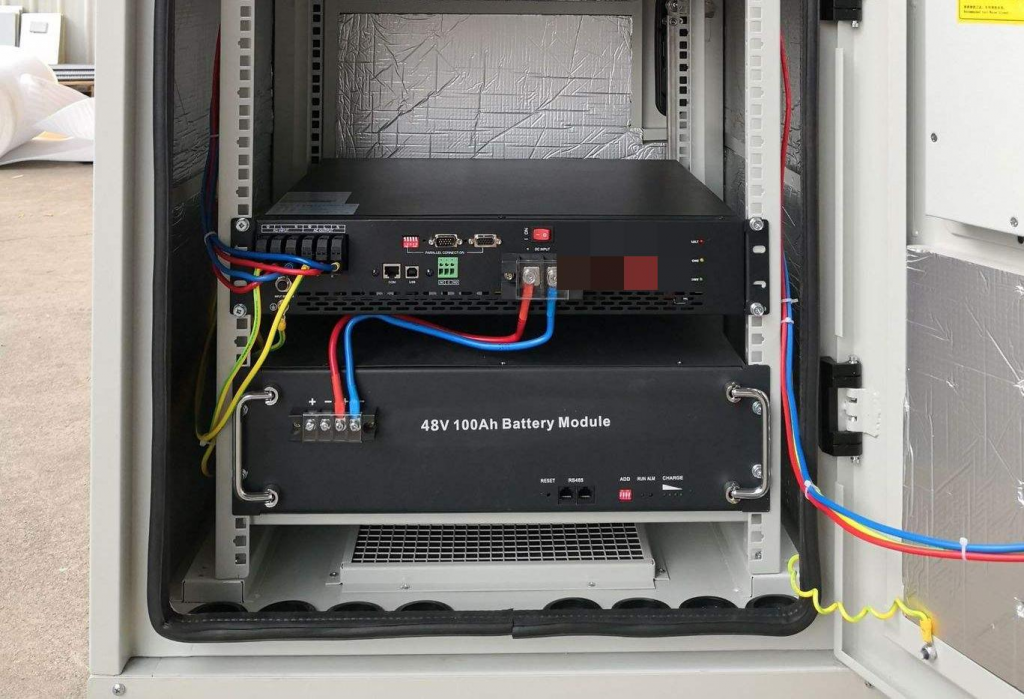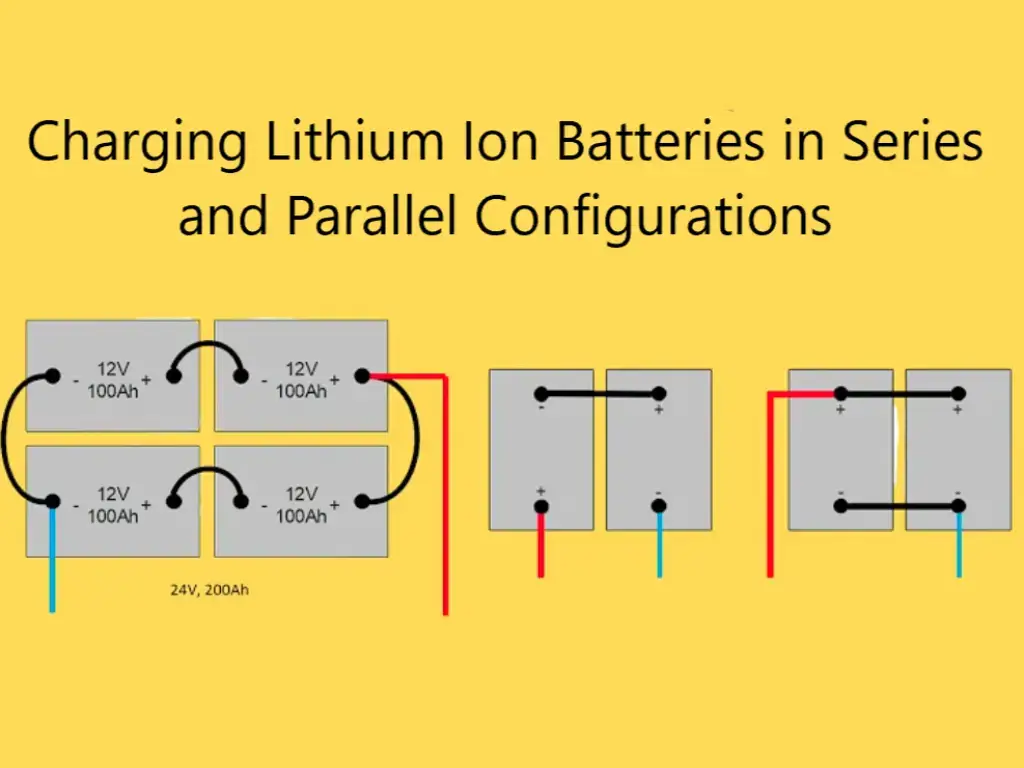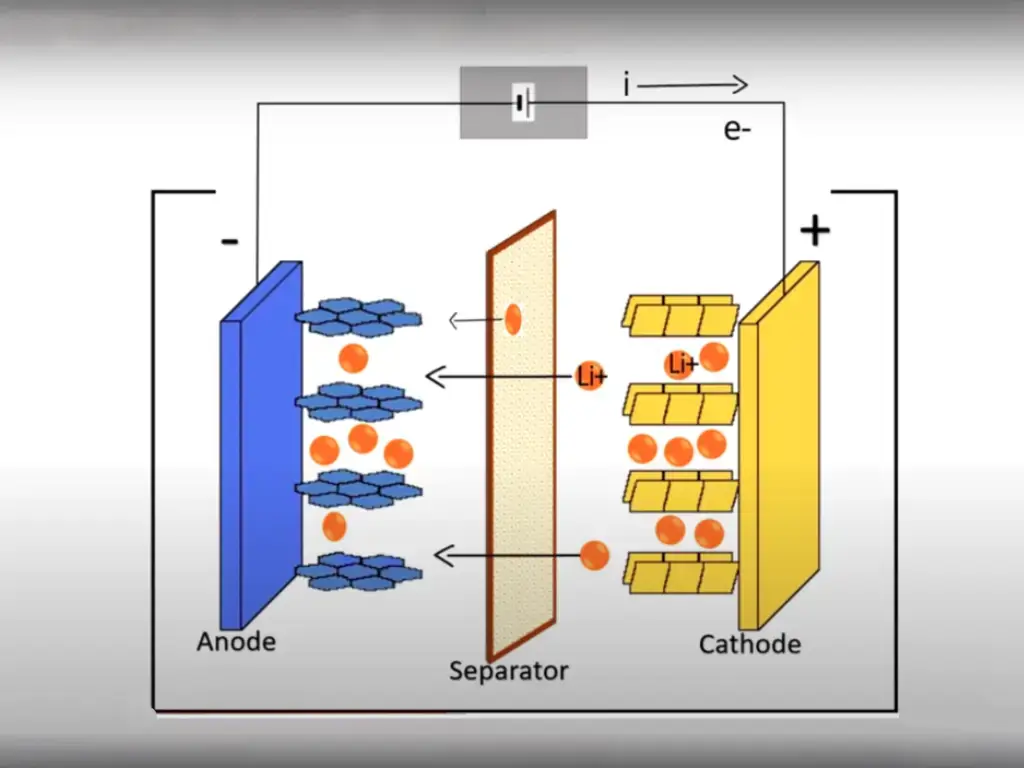
In our daily life, whether it is sending text messages, calling or buying online, we are inseparable from mobile phone signals, which are provided by communication base stations.
But sometimes the base station also has accidents such as power outage and line failure. In order to ensure that the base station can continue to work in the event of a power outage, the lithium battery configured in the base station has to play an emergency role. What are the technical requirements for lithium iron phosphate battery packs in communications application?
Operating temperature range
Lithium iron phosphate battery packs are used under the following ambient temperature conditions:
Charging ambient temperature: − 10℃~55℃; Discharging ambient temperature: − 20℃~60℃.
Electrical properties
Consistency of cell performance within the battery module. The cells in the battery module should be processed by the same manufacturer, have the same structure, and have the same chemical composition, and meet the following requirements:
(1) The difference between the maximum value and the minimum value of the static open circuit voltage between the cells in the battery module should not be greater than 0.05V;
(2) The difference between the maximum value and the minimum value of the static internal resistance between the cells in the battery module should comply with: below 10mW, the absolute value of the deviation should not exceed 0.5mW, and if it is above 10mW, it should not exceed 5% of the average value;
(3) The difference between the maximum and minimum capacities of the cells in the battery module should not exceed 1% of the average value.
Capacity retention rate.
The capacity of the lithium-ion battery pack should not be less than 95% of the rated value.
cycle life
The cycle life of the battery pack should be 800 to 2000 times.
High temperature accelerates aging life.
The industrial lithium-ion battery should be charged and discharged according to the regulations, and its appearance should be free from obvious deformation, corrosion, smoke or explosion, and the number of detection cycles should be no less than 52 times.
Electromagnetic Compatibility
1) Electrostatic discharge immunity. The battery pack should meet the requirements of Gb/T17626.2-2006 level 4; after the experiment, its appearance should be free from obvious deformation, leakage, smoke or explosion, and it should work normally.
(2) Conducted disturbance limits. The battery pack should meet the requirements of YD/T983-1998 grade b; after the experiment, its appearance should be free from obvious deformation, leakage, smoke or explosion, and it should work normally.
(3) Radiation disturbance limit. The battery pack should meet the requirements of YD/T983-1998 grade b; after the experiment, its appearance should be free from obvious deformation, leakage, smoke or explosion, and it should work normally.
(4) Surge (impact) immunity. The battery pack should meet the requirements of Gb/T17626.5-2008 level 4; after the experiment, its appearance should be free from obvious deformation, leakage, smoke or explosion, and it should work normally.





2 thoughts on “What are the technical requirements for lithium iron phosphate battery packs in communications application?”
I am currently writing a paper that is very related to your content. I read your article and I have some questions. I would like to ask you. Can you answer me? I’ll keep an eye out for your reply. 20bet
Hello,
Thank you for reaching out and expressing interest in my content. I’m glad to hear that you find it relevant to your paper. I’d be happy to try and help with any questions you have.
Please feel free to ask your questions, and I’ll do my best to provide you with the information you need. I look forward to hearing from you.
Best regards,